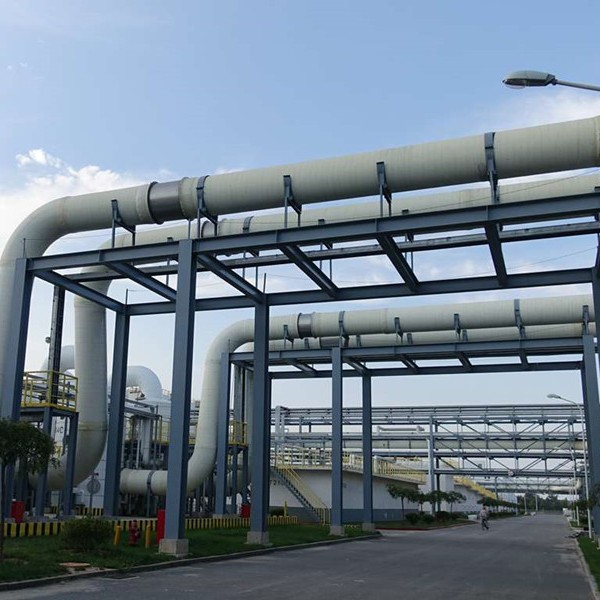
-
 Afrikaans
Afrikaans -
 Albanian
Albanian -
 Amharic
Amharic -
 Arabic
Arabic -
 Armenian
Armenian -
 Azerbaijani
Azerbaijani -
 Basque
Basque -
 Belarusian
Belarusian -
 Bengali
Bengali -
 Bosnian
Bosnian -
 Bulgarian
Bulgarian -
 Catalan
Catalan -
 Cebuano
Cebuano -
 China
China -
 China (Taiwan)
China (Taiwan) -
 Corsican
Corsican -
 Croatian
Croatian -
 Czech
Czech -
 Danish
Danish -
 Dutch
Dutch -
 English
English -
 Esperanto
Esperanto -
 Estonian
Estonian -
 Finnish
Finnish -
 French
French -
 Frisian
Frisian -
 Galician
Galician -
 Georgian
Georgian -
 German
German -
 Greek
Greek -
 Gujarati
Gujarati -
 Haitian Creole
Haitian Creole -
 hausa
hausa -
 hawaiian
hawaiian -
 Hebrew
Hebrew -
 Hindi
Hindi -
 Miao
Miao -
 Hungarian
Hungarian -
 Icelandic
Icelandic -
 igbo
igbo -
 Indonesian
Indonesian -
 irish
irish -
 Italian
Italian -
 Japanese
Japanese -
 Javanese
Javanese -
 Kannada
Kannada -
 kazakh
kazakh -
 Khmer
Khmer -
 Rwandese
Rwandese -
 Korean
Korean -
 Kurdish
Kurdish -
 Kyrgyz
Kyrgyz -
 Lao
Lao -
 Latin
Latin -
 Latvian
Latvian -
 Lithuanian
Lithuanian -
 Luxembourgish
Luxembourgish -
 Macedonian
Macedonian -
 Malgashi
Malgashi -
 Malay
Malay -
 Malayalam
Malayalam -
 Maltese
Maltese -
 Maori
Maori -
 Marathi
Marathi -
 Mongolian
Mongolian -
 Myanmar
Myanmar -
 Nepali
Nepali -
 Norwegian
Norwegian -
 Norwegian
Norwegian -
 Occitan
Occitan -
 Pashto
Pashto -
 Persian
Persian -
 Polish
Polish -
 Portuguese
Portuguese -
 Punjabi
Punjabi -
 Romanian
Romanian -
 Russian
Russian -
 Samoan
Samoan -
 Scottish Gaelic
Scottish Gaelic -
 Serbian
Serbian -
 Sesotho
Sesotho -
 Shona
Shona -
 Sindhi
Sindhi -
 Sinhala
Sinhala -
 Slovak
Slovak -
 Slovenian
Slovenian -
 Somali
Somali -
 Spanish
Spanish -
 Sundanese
Sundanese -
 Swahili
Swahili -
 Swedish
Swedish -
 Tagalog
Tagalog -
 Tajik
Tajik -
 Tamil
Tamil -
 Tatar
Tatar -
 Telugu
Telugu -
 Thai
Thai -
 Turkish
Turkish -
 Turkmen
Turkmen -
 Ukrainian
Ukrainian -
 Urdu
Urdu -
 Uighur
Uighur -
 Uzbek
Uzbek -
 Vietnamese
Vietnamese -
 Welsh
Welsh -
 Bantu
Bantu -
 Yiddish
Yiddish -
 Yoruba
Yoruba -
 Zulu
Zulu
frp valve
Understanding FRP Valves Applications and Benefits
FRP (Fiber Reinforced Plastic) valves are increasingly becoming a popular choice in various industrial applications due to their unique properties and advantages over traditional materials. Composed of a polymer matrix reinforced with fibers, primarily glass or carbon, FRP valves provide excellent resistance to corrosion, lightweight construction, and enhanced durability, making them ideal for numerous sectors including chemical processing, water treatment, and oil and gas.
Understanding FRP Valves Applications and Benefits
Moreover, the lightweight nature of FRP valves makes them easier to handle and install compared to their metal counterparts. This characteristic not only simplifies transportation and installation but also reduces the overall weight of piping systems, which can be crucial in applications where structural load is a concern. The ease of installation translates to lower labor costs and quicker project completion times.
frp valve

Another advantage of FRP valves is their thermal insulation properties. Unlike metal, which can conduct heat and lead to temperature fluctuations in the fluid passing through the valve, FRP has low thermal conductivity. This feature is particularly beneficial in processes requiring strict temperature control, as it minimizes heat transfer and helps maintain the desired temperature of the fluids being transported.
In terms of design versatility, FRP valves can be manufactured in various shapes and sizes, tailored to meet specific application requirements. They can be molded into complex geometries that would be difficult or expensive to achieve with metal. This adaptability allows engineers to design efficient systems without being constrained by the limitations of traditional materials.
Despite the clear advantages, it’s essential to consider the potential drawbacks of FRP valves. While they excel in corrosion and lightweight aspects, they may not be suitable for high-pressure applications where metal valves are more reliable. Additionally, the initial cost of FRP valves can be higher than that of traditional materials; however, the long-term savings on maintenance and replacement often justify the investment.
Overall, FRP valves represent a significant advancement in valve technology, offering robust, efficient, and tailored solutions for a wide range of industries. As the demand for durable and corrosion-resistant materials continues to grow, the adoption of FRP valves is likely to increase, leading to more innovative applications and improved performance in various sectors. When considering a valve solution, it is crucial to weigh the benefits against the specific requirements of your application to ensure optimal performance and reliability.









